The facade of the residential building can be separated in different ways, and the design of the house with decorative plaster is far from the last option. A similar composition makes it possible to show fantasy and realize a variety of design ideas.
What is the decorative plaster
The basic composition of the substance
Undoubtedly, in various types of decorative plaster there are some specific components characteristic of a specific product. However, almost all such finishing materials have similar recipes and basic components. Such components include:
- The binder that is the basis of plaster. It combines all other components and is responsible for the adhesion of the material with the wall surface.
- The filler is responsible for the decorative properties of plaster. Manufacturers add various materials to their products, which, after applying the wall, give the surface a special look. Components such as marble crumb, sand, granite or quartz particles, cellulose fibers, etc. can be used as filler.
- So that the plaster possessed plasticity, waterproofability and other qualities, some auxiliary substances add to its composition.
- The solvent is another essential component of the material. In the production of decorative plaster, water or other organic substances are most often used as a solvent.
- Painting pigments are needed in order to give the products the necessary shade.
Depending on which particular components are included in this or that material, its operational characteristics and decorative properties are determined. There are 2 main types of decorative plaster, which differ in the method of working with them, according to functional and aesthetic features. Below we will look at these species in more detail.
Venetian plaster
Venetian plaster is often used to design walls indoors. This material allows you to create an unusually beautiful surface, by type resembling Italian marble. Such an effect is achieved due to the presence of marble dust, as well as other additional components: hated lime and dyes.
Venetian stucco is difficult in work, as a rule, professional masters are engaged in applying it. To get as a result, a high-quality and beautiful coating, you need to spend a lot of time and strength, inflicting the plaster in several thin layers, sealing them, grinding and polishing. Then the filled material should be additionally treated with special wax to improve the decorative look and make the coating more wear-resistant and durable.
Relief stucco
Relief plaster enjoys great popularity. It is more simple in work, and prices for it are relatively democratic. With such compositions you can work independently, not attracting specialists. With the help of simple skills and certain tools on the wall, a variety of reliefs and drawings are created. There are 2 types of embossed plasters:
- Structural plaster is a plastic mass, which in itself does not possess any decorative qualities. The beautiful surface effect is attached using certain tools. Various spatulas, rollers, tampons, brushes, stamps make it possible to make an original relief in fresh plaster. With the help of structural mass of the wall, you can give any texture to: imitation of stone, leather, fabric, rain droplets, rose buds, flower petals, etc. The finished compositions, as a rule, have already possessed in any color, but for a brighter and unusual effect, the dried plaster is opened with varnishes, waxes, mother-in-law, alash, artificial gilding, etc. Structural compositions have excellent performance, waterproof, strength and durability. That is why such plasters are often used in the decoration of bathrooms, kitchens, as well as in the premises of public buildings.
- Textured mass is a kind of embossed plaster, which contains a variety of fillers to give volume. Such fillers include: cellulose, stone crumb, pearl particles and gilding, textile threads, etc. Thanks to these components, a beautiful and unusual relief is created on the processed wall. In working with textured mixtures, Kelma is usually used, which, the selected mass is applied to the wall with a uniform layer. The relief and the appearance of the surface will depend on what tool is used in work, and on what fillers are included in the plaster. However, sometimes decorative effect is achieved using a certain application technique. For example, the "Coroed" plaster is made to smooth the grater after a slight drying of the mass on the wall. Among the positive qualities of textural plaster, water resistance, reliability, strength, environmental friendiness, resistance to ultraviolet radiation can be distinguished. The wall covered with such material can be washed if necessary, as well as restored when defects appear.
Facade plaster
Decorative plaster for coating walls outside the house is called facade. It is used to finish the walls quite often, and the reason for this is the advantages of this material. Consider in detail the advantages of the facade plaster:
- A large number of colors, shades and textures of the material, thanks to which you can implement almost any designer idea.
- You can separate any surfaces, regardless of their geometrical features and textures.
- Parry permeability, which is possessed by almost all kinds of such materials, makes it possible to evaporate from the surface of the walls.
- The plasticity and strength of the coating provide its high resistance to temperature differences and mechanical effects.
- The hydrophobicity of the plaster protects the walls from water and moisture.
- The heat-insulating and noise absorbing properties provide comfortable finding indoors.
- The durability of plaster is another important plus. Properly applied high-quality material will not require repair for 10-15 years.
Depending on the component composition, several types of similar material are distinguished:
- Mineral plaster is based on cement. This type of coating is considered the cheapest, while it has high strength characteristics. In addition, the strength of the material over the years is only increasing. Mineral plaster itself is not hydrophobic, but with the help of certain additives, the coating resistant to water and humidity can be created on the wall. Unfortunately, this type of material is available on sale a very small number of colors, although it is possible to give the surface with paint. Mineral plaster is sold in the form of a dry mix. For the preparation of the working solution, the mixture is bred by the desired amount of water. All information on the preparation of plaster is indicated on the package with the goods. It is important to know that the proportion cannot be violated the manufacturer, otherwise it is possible to face difficulties in the process of work, as well as get enough durable and reliable coating.
- Acrylic plaster is based on the resin, which add other necessary components responsible for the performance characteristics of the composition. Due to the special substances, the dried mass becomes moisture-resistant, vapor-permeable, not affected by the effects of temperature differences. Among the advantages of acrylic plaster should not be distinguished by its ability to protect buildings from mold and attacks of various bacteria and insects. This composition is sold in the form of a ready-made mixture, it only needs to mix it well.
- Silicone plaster is considered very good and high-quality material, in connection with which, such a coating is quite expensive. Polymer compounds are as the main components of the mass, which have a number of positive qualities: durability, reliability, vapor permeability, resistance to dirt, dust and moisture, the ability to protect the walls of buildings from any negative impacts. Among other things, the assortment series of silicone plasters is represented by a wide variety of colors and shades. Some designers use several color gamps at once in the same interior.
- Silicate plaster is made on the basis of the so-called "liquid glass". The advantages of such a coating include vapor permeability, which allows unnecessary moisture not to settle on the walls, but to be output. In addition, with silicate plaster it is quite easy to work, and in the dry form, this material is perfectly cleaned from any contamination.
House decoration with decorative plaster, photo:
Decorative wall decoration process
When plastering a new house, it is important to remember that all cladding should be carried out only after a complete shrinkage of the building, otherwise cracks and other defects may occur on the surface of the walls. The decoration of the house with decorative plaster consists of several main stages:
- preparation of walls;
- facing surfaces by the first layer of material;
- applying the second, textured layer of plaster;
- finish finish.
Getting started, you need to prepare the surface of the walls to facing. To do this, with them, if necessary, remove the former coating and remove all sorts of pollution: dust, bitumen stains, sticking salts, etc. So that the plaster lay on the wall smoothly and firmly clung to the surface, the next stage of preparation includes such actions:
- Before plastering wooden walls, they should be cut by duch - thin wooden planks.
- So that the material is well layered onto the concrete wall, it should be treated with a wavy needle.
- When working with brick walls, you should first remove the influx from the seams, then scratch the brick with a metal brush and make notches.
If the eliminates are carried out in warm dry weather, the walls are preferably prepedibly mixed with water.
Wall plastered consists of the following steps:
- The first stage is the walls of the walls with plaster. The thickness of such a layer should be approximately 3-5 mm. The plaster mixture is bred to the consistency of sour cream, after which they pounce on the wall and give a little to dry. After that, the layer is watched. As a coating, you can use an ordinary, non-decorative plaster.
- When the composition is driving, the ground layer is applied over it. Its thickness is 8 mm, the mass used should be thick and remind of the viscosity of the dough. This plaster is moving and again give it to dry. In some cases, it is not possible to cover the wall with one, but two ground layers, and each of them needs to be dried.
- Decorative plaster is used as an finishing coating. If the mixture is sold in finished form, it is used as it is. Dry formulations are bred in accordance with the instructions, and then are used to finish the walls. The layer of decorative plaster should be at least 4 mm, the selected texture depends on the designer idea and is performed by the appropriate tools.
- The solution of decorative plaster first spill and remove the grater of the surplus. After the mass begins to turn well from the tool, the desired pattern form on the wall.
- When finishing the facade of the building, it is impossible to forget about the balcony if it is. The decoration of the balcony should be combined according to style with a common type of structure, so this architectural element is often drawn up as well as the rest of the walls.
Possible problems when finishing walls with decorative plaster
- Mineral decorative plaster is inclined to burn out in the sun and fading under the influence of precipitation. To avoid this, you should cover the finished surface with a layer of good high-quality paint. For such purposes, it is convenient to use silicate paints that are strong enough and have the necessary vapor permeability.
- If we put the plaster too thin layer, then through it will peck the base of the wall. In the case of working with coarse-grained materials or when finishing the walls under the effect of natural stone, it will be quite difficult to correct the situation. In such a case, you can cover the wall with color primer, which is combined with a shade with decorative plaster.
- The difference of the final result from the expected effect. The surface of the wall, unfortunately, is not always the result of which expected. There are several reasons for this: a violation of the composition of the composition of the composition, incorrectly chosen tool, non-compliance with the proportions during mass dilution with water, etc. To avoid such problems, it is important carefully and to the smallest things to study information about the product, understand the way it is applied to the wall, to wake only the necessary tools.
- Mineral plaster has a pollutant property. To consider the stains that have to be treated with a silicone hydrophobizer and erase.
- If the wall is poorly prepared for the application of the composition, it may cause an excessive consumption of material. Cracks, potholes, deepening and other defects, as well as high hygroscopicity of the wall will lead to the overflowing of plaster.
- If the composition is badly connected to the surface, the reason may be wounded in incorrectly selected primer or in its entirety. Remember that the mineral mass is suitable for penetrating primer, acrylic plaster is applied over polymer compositions, for silicate and silicone materials there are also appropriate substances.
Decorative plaster on the facade of the house, photo:

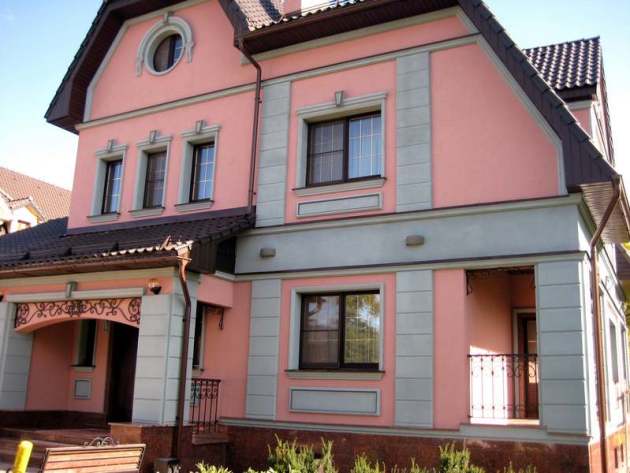
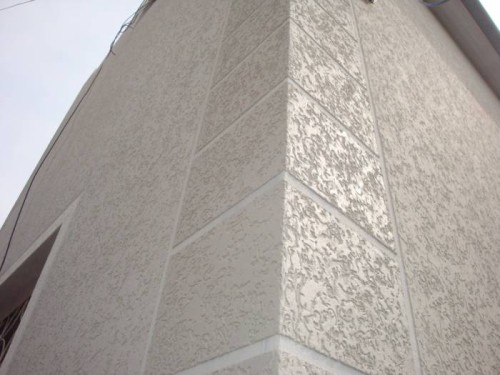
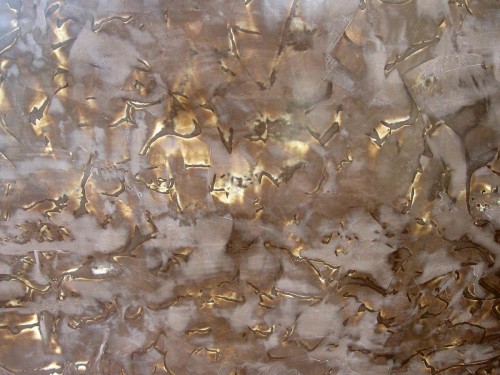
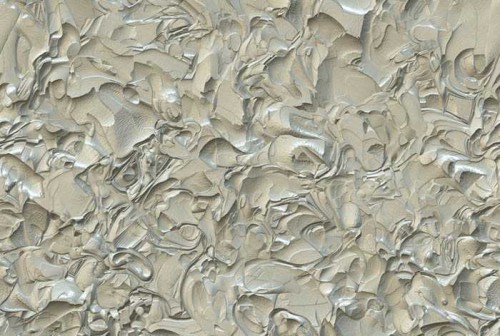
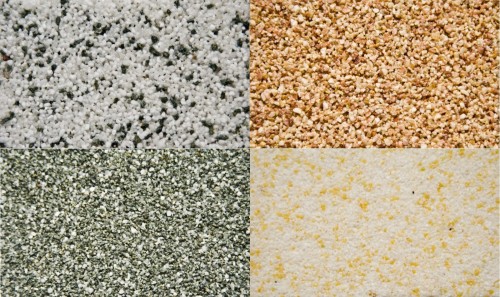
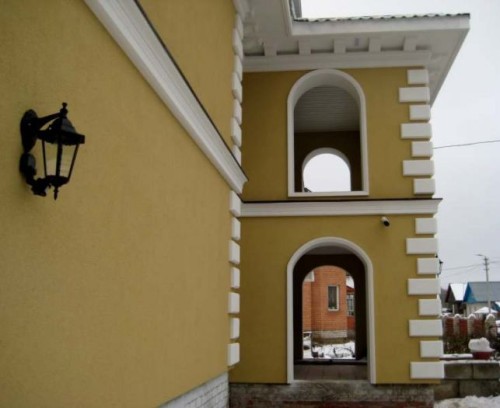
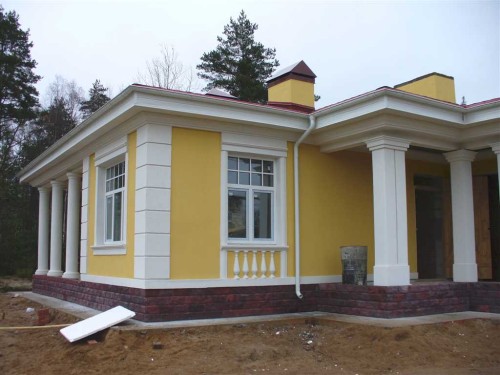
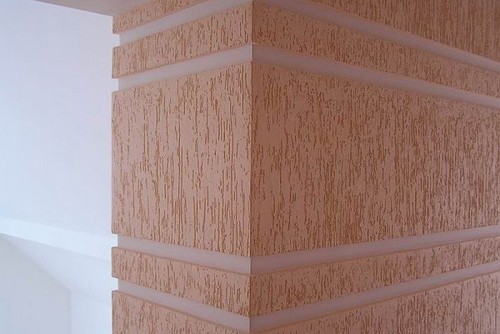


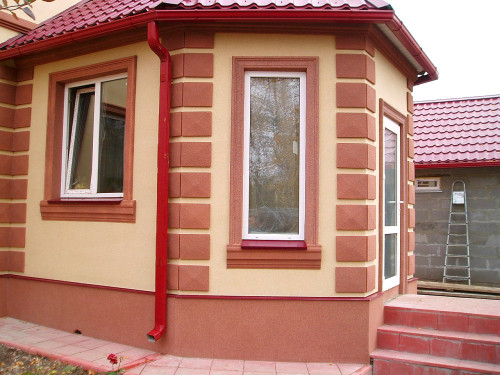
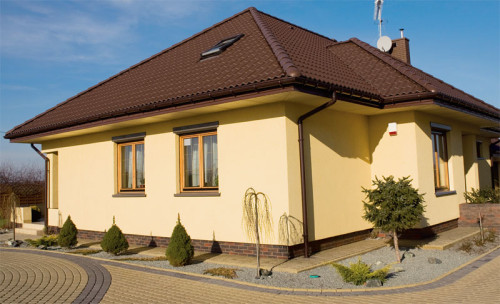

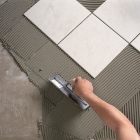


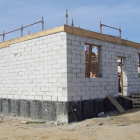
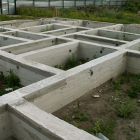
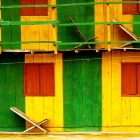

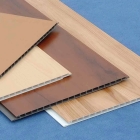
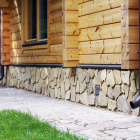
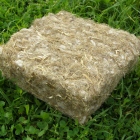
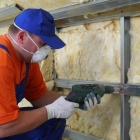
 Start a discussion ...
Start a discussion ...